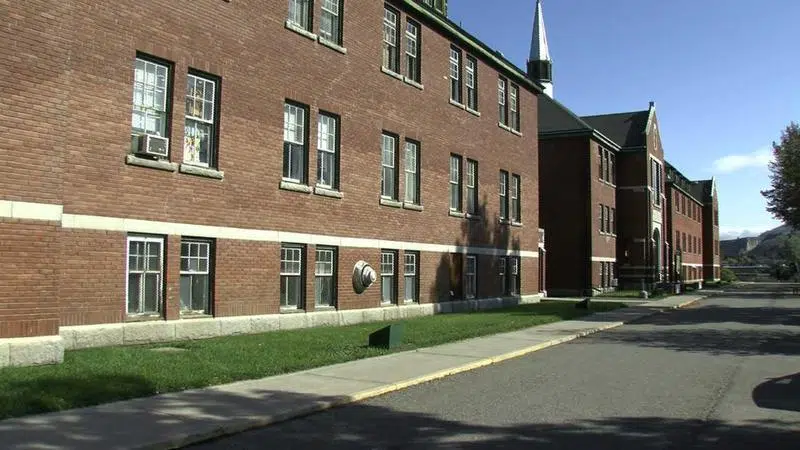
Orange Shirt Day — An inside look at Kamloops’s former residential school
KAMLOOPS — Since 2013, Orange Shirt Day has served as a reminder of the horrific treatment of Indigenous children forced to leave their family and enroll in residential schools.
These schools stripped the children of their language and culture.
The story of Orange Shirt Day dates back to 1973 when a young girl wore a bright orange shirt to her first day at a residential school in Williams Lake.
The shirt was taken from her and she was given a uniform in its place.


